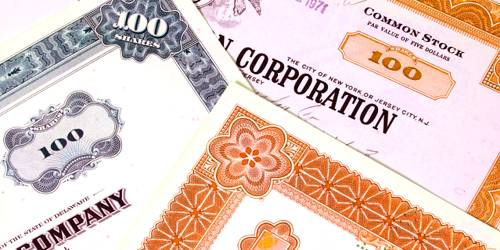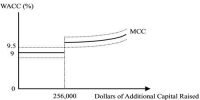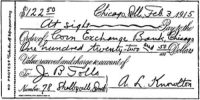Stock dividends are similar to cash dividends; however, instead of cash, a company pays out stock. As a result, a company’s shares outstanding will increase, and the company’s stock price will decrease. It occurs when the company uses the amount of money that would be paid as a cash dividend to purchase additional common shares for the shareholder. For example, suppose a new company decides to issue a 10% stock dividend. Each current stockholder will thus have 10% more shares after the dividend is issued. If the board of directors approves a 10% stock dividend, each stockholder will get an additional share for every 10 shares held.
It is issued to keep earnings in the company and make the company more valuable in the future. When a company is considered more valuable, stock prices rise. This is an allocation of an additional number of shares based on the existing percentage of share ownership.
The stock dividend is one of the two principal ways in which companies can grant dividends to shareholders, the other been cash dividends. The amount transferred depends on whether the stock dividend is (1) a small stock dividend, or (2) a large stock dividend.
Small stock dividend: A stock dividend is considered to be small if the new shares being issued are less than 20-25% of the total number of shares outstanding prior to the stock dividend.
Large stock dividend: A stock dividend is considered to be large if the new shares being issued are more than 20-25% of the total value of shares outstanding prior to the stock dividend.
















